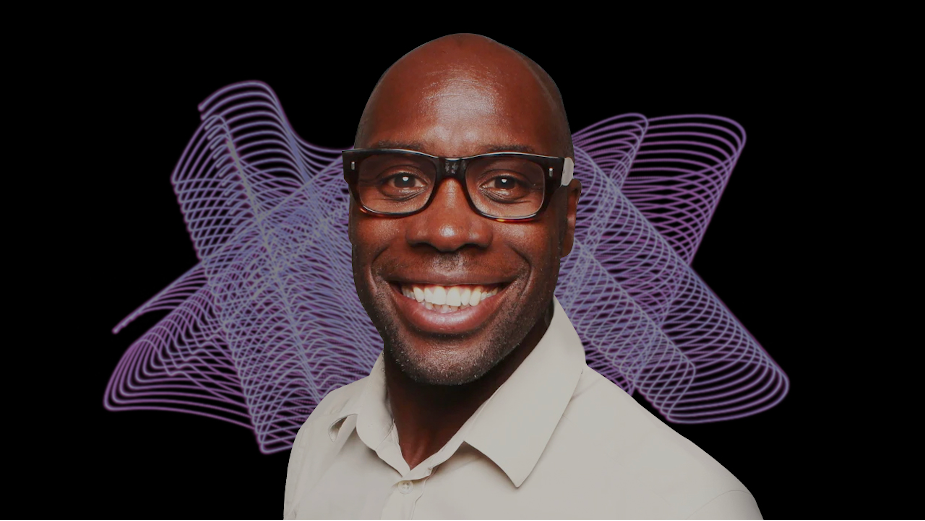
Want to Build a Better Customer Experience? Calm Down and Be More Inclusive

As brands push ever deeper into creating better customer experiences, marketers would do well to lean into technologists. Historically, the tech team has been left behind, brought in well after the creative team has a fully baked idea. This siloed approach misses what tech can bring to the table as marketers seek more and more solutions that advocate for the user.
Technologists are often the most creative, responsive, and far-seeing people on any project. By speaking out about trends in the marketplace, as well as taking a broader view of the project, they can help others see past simple problems and build lasting solutions.
Here are four trends emerging within the marketing world that technologists should champion.
Inclusive Design
Inclusive design insists on creating products and technology that can be used by the widest range of people in the world. Today, nearly one fifth of all people are living with disabilities, which makes them an important constituency for any brand. Of course, we have a legal mandate to make certain accommodations, but that’s not really what I’m talking about. Whenever we design something for people of the widest range of abilities, we are making powerful tools that can be used by anyone. Things like the typewriter and the touchscreen were originally developed for PWD, but eventually came to be widely used by people everywhere.
For inclusive design to be effective, every customer touchpoint much be as inclusive as possible. One such example is Xbox Adaptive Controller designed for gamers of limited mobility. The input from the community it serves helped shape the design, functionality, and packaging of the controller. Another example is Tommy Hilfiger’s launch of its Adaptive clothing line for adults with disabilities. The disability community offered differing opinions on the best and easiest ways to shop for products. In order to satisfy their spectrum of needs, multiple ways to shop via social, website, and Alexa device were configured. Inclusive design drives innovation like nothing else, and we should continually push for it.
Calm Technology
Calm technology is a 25-year-old idea that has recently gained traction in the technology world - and for good reason. It involves designing things in such a way that not only benefit users but are also invisible to them. In 2015, Amber Case used a great example, electricity, to explain how it works. Electricity affects almost everything we do, but we barely notice it unless the power goes out. The user experience today is fraught with too many alerts and notifications that are interrupting people’s lives, affecting their relationships, and ruining their sleep. Ultimately technologists should advocate for calm solutions that put as much sanity as possible back into their users’ lives.
We are seeing the principles of the calm technologies being applied to something as simple as a tea kettle - which tells us when it is ready, and stays off and quiet the rest of the time - and the innovative Roomba Vacuum Cleaner - which communicates via simple tones that are easy to understand no matter what language you speak - to the more complex ubiquitous computing challenge of multiple devices being shared by a single user. The goal is unobtrusive technology and communication in a world filled with disruptive notifications.
Platform-First Design
In trying to create solutions, technologists must always seek to build the most solid and robust foundations they can, and especially ones that have the ability to change over time. This may involve something that clients don’t want to hear, eg) increased budgets, but it’s necessary because while we may know a user’s requirements today, we also know they’ll be different in the future. As a result, anything brands build should anticipate a different world.
One of the first places to start is consolidating digital properties onto a single platform. Ford Europe, for example, built a seamless and personalised experience for its customers in Europe. By focusing on consistency and efficiency across all categories, the brand was better prepared for both anticipated and surprising challenges to come. The shift from multiple siloed country-led websites to a single platform to serve all European markets brought brand consistency, scale, and a unifying customer experience to the brand.
Agility
Technologists have been trained to recognise when something is not working and pivot to a different direction. We call this 'agile development'. While there is no need to discuss this (admittedly vast and controversial) topic in detail, overall it makes us much more comfortable with changing paths than most. Technologists must always be ready to step up when they know that an approach needs to be abandoned or a design direction is not working - and to be ready to press that point bravely with our teams and clients.
In today’s complex marketing landscape, where customer expectations are continually evolving, agility is table stakes. Technologists know to bake it into every piece of work. As brands push ever deeper into creating the customer experience of future, marketers need to partner with the tech team for a broader view of the project, to help clients see past simple problems and build lasting solutions. Knowing not only what can be done, but what can be made, and embracing emerging trends like inclusive and calm design will not only bring different disciplines together but unlock the full range of capabilities of each.













